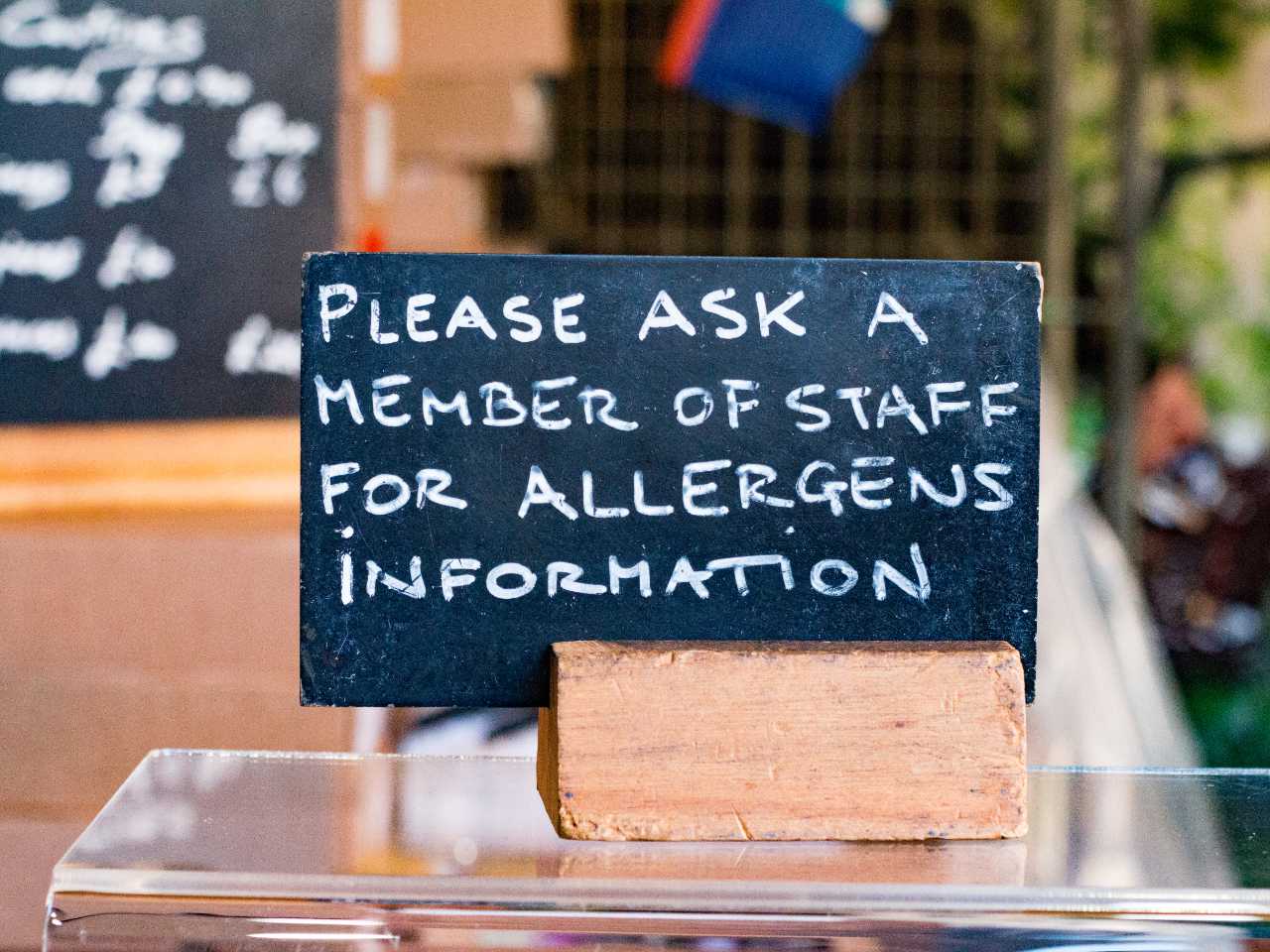
In today's world, staying informed about what we eat is more important than ever, especially for those with food allergies. Understanding allergen information can be the difference between a safe meal and a risky one. This guide will walk you through 20 essential facts about allergens, shedding light on common misconceptions and providing vital knowledge for navigating food choices safely. Whether you're dining out, shopping for groceries, or preparing meals at home, knowing these facts will empower you to make informed decisions for yourself and your loved ones. From recognizing hidden sources of allergens to understanding labeling laws, we've got you covered with everything you need to know to manage food allergies effectively.
Understanding Allergens
Allergens are substances that can cause allergic reactions in some people. These reactions range from mild to severe and can affect various parts of the body. Common sources include pollen, pet dander, insect stings, and certain foods.
-
Allergies are among the most common chronic conditions worldwide. Symptoms can affect the nose, throat, lungs, ears, sinuses, and skin.
-
Food allergies affect about 5% of adults and 8% of children, with numbers increasing. Common culprits include nuts, milk, eggs, and seafood.
Recognizing Food Allergies
Food allergies occur when the immune system mistakenly targets a harmless food protein as a threat. This can lead to various symptoms, some potentially life-threatening.
-
Anaphylaxis is a severe, potentially life-threatening allergic reaction that can occur within seconds or minutes of exposure to an allergen.
-
Cross-contact is when a small amount of allergenic food gets mixed with another food. This can happen during processing, cooking, or serving, making it risky for those with severe allergies.
Labeling Laws and Regulations
Countries have different laws regarding allergen labeling on food products. These laws aim to help consumers identify potential allergens in foods.
-
In the United States, the Food Allergen Labeling and Consumer Protection Act (FALCPA) requires labels to list if a product contains any of the eight major food allergens.
-
The European Union's regulations are even stricter, requiring labels to highlight 14 allergens, including some not mandated in the U.S., like lupin and mustard.
Hidden Allergens in Everyday Products
Not just food, but everyday products can contain allergens. These hidden sources can pose risks for individuals with severe allergies.
-
Cosmetics, including lotions and shampoos, can contain nut oils and other allergenic substances.
-
Medications sometimes use lactose or gelatin as fillers, which can trigger reactions in sensitive individuals.
Preventing Allergic Reactions
Avoiding known allergens is the primary way to prevent allergic reactions. However, accidental exposure can still happen.
-
Emergency plans are crucial for those with severe allergies. These plans often include carrying epinephrine auto-injectors and wearing medical alert bracelets.
-
Education about allergens and reading labels carefully can significantly reduce the risk of accidental exposure.
The Role of Allergen-Free Alternatives
With the rise in food allergies, the demand for allergen-free alternatives has grown. These products are designed to be safe for those with allergies.
-
Gluten-free, dairy-free, and nut-free products are now more widely available, offering safer options for individuals with food allergies.
-
Innovations in food technology have led to the development of hypoallergenic foods, like apples that don't trigger birch pollen allergies.
The Impact of Climate Change on Allergies
Climate change is affecting the prevalence and severity of allergic reactions. Warmer temperatures can lead to longer allergy seasons.
-
Pollen seasons are getting longer and starting earlier, increasing exposure to allergens.
-
Air pollution can exacerbate allergic reactions, making symptoms more severe for those affected.
Allergy Testing and Diagnosis
Identifying specific allergies is crucial for effective management and treatment. Allergy testing can help pinpoint the allergens causing reactions.
-
Skin prick tests and blood tests are common methods used to diagnose allergies.
-
Once identified, allergists can recommend avoidance strategies, medications, or immunotherapy to manage symptoms.
The Future of Allergy Management
Advancements in medical research are leading to new ways to manage and treat allergies.
-
Oral immunotherapy (OIT) is a promising treatment for food allergies, gradually increasing tolerance to allergens.
-
Biologic medications are being developed to target the immune system's response to allergens, offering hope for more effective treatments.
Global Variations in Allergen Prevalence
Allergen prevalence can vary significantly from one region to another, influenced by diet, environment, and genetics.
-
In Japan, rice and seafood allergies are more common, while in Western countries, peanut and tree nut allergies prevail.
-
Understanding these variations is crucial for developing targeted strategies for allergy prevention and management worldwide.
A Final Scoop on Allergies
Well, we've journeyed through a whirlwind of facts about allergens, uncovering everything from food to environmental triggers. Knowledge is power, especially when it comes to managing allergies. Armed with this info, you're better equipped to navigate the sneezy, itchy world of allergens. Remember, allergies are as diverse as people themselves, with each individual's reaction being unique. Whether it's swapping out foods, tweaking your home environment, or just being more mindful of your surroundings, small changes can make a big difference. So, keep these tidbits in your back pocket; they might just make your day a little easier, or at least a bit less sneezy. Here's to clearer skies and fewer sniffles ahead!
Was this page helpful?
Our commitment to delivering trustworthy and engaging content is at the heart of what we do. Each fact on our site is contributed by real users like you, bringing a wealth of diverse insights and information. To ensure the highest standards of accuracy and reliability, our dedicated editors meticulously review each submission. This process guarantees that the facts we share are not only fascinating but also credible. Trust in our commitment to quality and authenticity as you explore and learn with us.


